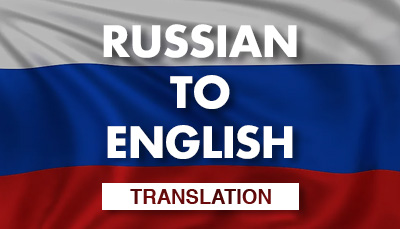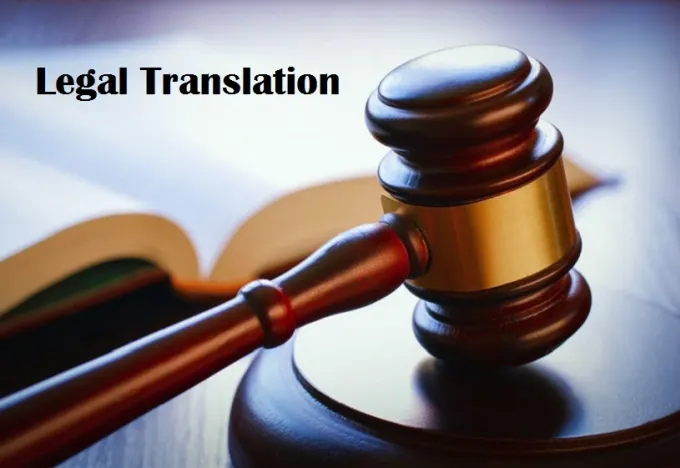
Legal translation is importance in ensuring smooth communication and compliance with the complex international legal environment. The accuracy required for legal translation into Russian poses special challenges in this area. Let’s take a look at why accuracy is paramount in this specialty and how it affects legal outcomes and stakeholders.
Table of Contents
- Legal translation meaning
- Peculiarities of Russian legal terminology
- Understanding legal translation
- Challenges in legal translation
- Importance of precision
- Impact on stakeholders
- Techniques to ensure accuracy
- Use of qualified translators
- Context meaning
- Quality control measures
- Proofreading and editing
- Legal verification process
- Tools and resources
- Translation software
- Legal Database
- Future trends and challenges
- Advances in technology
- New legal issues
- Conclusion
- FAQ
Legal translation meaning
Legal translation serves as an important link between different legal systems and facilitates communication between parties who speak different languages. In the field of Russian law, this type of translation is essential for international contracts, court cases, patents, and various legal documents.
Peculiarities of Russian legal terminology
Russian legal terminology is characterized by its subtleties and nuances, which pose great challenges for accurate translation. Its unique syntax, technical vocabulary, and cultural references require a deep understanding of both legal principles and linguistic subtleties.
Understanding legal translation
Legal translation involves converting legal document translation services from one language to another to ensure that their meaning, context, and legal validity are preserved. It requires not only simple language skills but also a thorough understanding of legal concepts and systems.
Challenges in legal translation
Translating legal documents presents numerous challenges, including language complexity, cultural differences, and the need for absolute accuracy. Ambiguity in the source text, different legal systems, and the evolving nature of the law further complicate the translation process.
Importance of precision
Accurate translation of legal documents is critical, as even the smallest mistake can lead to serious consequences, including contract disputes, legal liability, and reputational damage. Accurate translations ensure that the intended meaning of the original document is preserved, avoiding misunderstandings and costly litigation.
Impact on stakeholders
Inaccurate legal translations affect various stakeholders such as lawyers, businesses, governments, and individuals involved in cross-border transactions and legal proceedings. Translation errors can cause delays, misunderstandings, and disputes, eroding trust and causing financial and reputational damage to all involved.
Techniques to ensure accuracy
Accurate legal translations into Russian require the use of special techniques and the observance of strict quality control measures. To ensure the fidelity of translated content, it is important to hire a qualified translator with specialized legal terminology and language skills.
Use of qualified translators
To ensure accurate legal translations into Russian, it is essential to engage the services of a professional translator who has both legal terminology knowledge and language skills. These translators have the skills, knowledge, and attention to detail necessary to provide accurate translations that meet our clients’ needs.
Context meaning
For accurate translations, it is important to understand the context in which legal documents are used. Translators must consider the legal, cultural, and social context of a text to accurately convey its meaning and implications.
Quality control measures
To ensure the accuracy and reliability of Russian legal translation, it is important to establish robust quality control measures. This includes implementing a thorough proofreading, editing, and legal review process to identify and correct errors and inconsistencies, thereby improving the overall quality of translated material.
Proofreading and editing
After the initial translation stage, comprehensive proofreading and editing are essential to identify and correct errors in grammar, syntax, and terminology. This meticulous process improves the clarity and accuracy of the translated text, ensuring that it accurately reflects the intent and meaning of the original certified legal document translation.

Legal verification process
The legal review process includes a thorough review of translated documents by qualified experts familiar with Russian law. This ensures that the translation is legally correct, meets legal requirements, and is consistent with the intended legal outcome.
Tools and resources
Due to advances in technology, various tools and resources have appeared that support the translation of legal documents into Russian. These include translation software, legal databases, and terminology databases, which are extremely useful for both translators and lawyers.
Translation software
Translation software, especially CAT (computer-assisted translation) tools, plays an important role in facilitating the process of translating legal documents. These tools provide features such as terminology management to ensure consistency of translated terminology across different documents. It also features a translation memory that allows translators to save and reuse previously translated segments, increasing productivity and reducing time spent translating.
Legal Database
Access to a robust legal database is essential for accurate legal translations, especially in the context of Russian law. These databases contain a wide range of legal documents, including statutes, regulations, case law, and precedents. When it comes to legal translation into Russian, accessing comprehensive resources will not only help you understand complex legal concepts and terminology but also ensure that you adhere to the nuances and conventions of the Russian legal language.
Future trends and challenges
The legal translation landscape is constantly changing due to technological advances, globalization, and changes in the legal environment. Adapting to these evolving trends and meeting new challenges is critical for legal translators. This includes staying abreast of new technologies, legal developments, and global issues that may impact the practice of legal translation, especially in the Russian context.
Advances in technology
Technological innovations such as machine translation, artificial intelligence (AI), and natural language processing (NLP) are revolutionizing the field of legal translation. While these technologies offer benefits such as increased efficiency and scalability, they also pose challenges related to ensuring accuracy and quality control, especially when translating complex legal documents translator, balancing the benefits of automation with the need for accurate, context-specific translations remains an important consideration.
New legal issues
Dynamics in the legal system, such as legislative changes, international agreements, and geopolitical dynamics, pose new challenges for legal translators. To keep your Russian legal translations accurate and relevant, it’s important to stay informed about the evolving legal landscape and understand its impact on language and terminology. This includes being aware of changes in legal terminology, nuances, and cultural context that can affect the interpretation and translation of legal texts.
Conclusion
In conclusion, accurate Russian legal translations are essential for promoting legal certainty, fostering international cooperation, and maintaining the rule of law. By understanding the complexities of legal translation, implementing best practices, and leveraging technology and expertise, stakeholders can effectively meet challenges and ensure the accuracy of legal communications.
FAQ
What are the consequences of a wrong legal translation?
Accurate legal translations are essential to avoid costly disputes, legal liability, and reputational damage. Even small mistakes or mistranslations can lead to misunderstandings and legal issues.
How can I ensure the accuracy of my Russian legal translation?
To ensure the accuracy of my Russian legal translation, hire a qualified translator with expertise in both the legal and linguistic fields The key is to implement thorough quality control measures and leverage technology and resources.
What role do context and cultural nuances play in legal translation?
Understanding the context and cultural nuances surrounding legal documents is important for accurate translation. Translators must consider the legal, cultural, and social context to accurately convey the intended meaning.
What are some common challenges in legal translation?
Legal translation has many challenges, including language complexity, ambiguous source texts, cultural differences, and an evolving legal framework. Addressing these challenges requires expertise, attention to detail, and adherence to best practices.
How are advances in technology impacting legal translation?
Technological advances such as machine translation and AI-powered tools have made legal translation more efficient and scalable. However, ensuring accuracy and quality assurance remains difficult and requires human oversight and expertise.

















